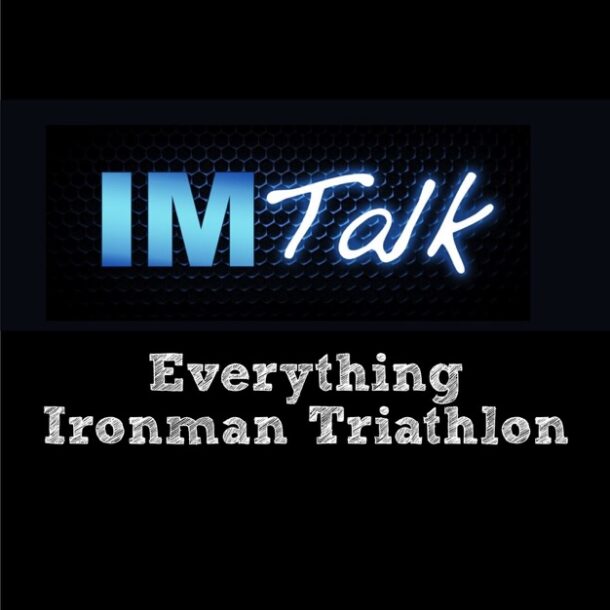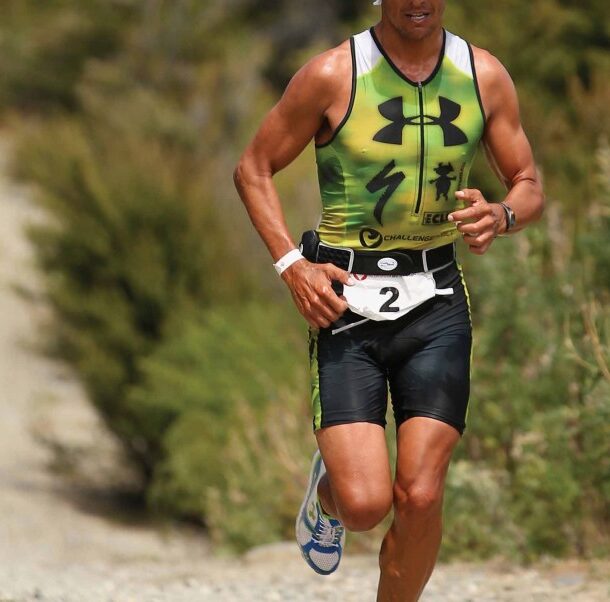
(Originally published in Triathlete Magazine February 2013.)
Triathlon may have become more mainstream, but one thing hasn’t changed: the thrill of the challenge.
What a transformation our sport has seen over the past 15 years! Participation numbers are up, and triathlon has become the sport it seems everyone wants to do.
I recall many conversations I had in the 1990s as I traveled around the world competing in races. Most people didn’t have a clue about our sport—whenever I explained it to them, they would look bewildered and say something like, “Why on earth would you want to do that?” For many years, most plane conversations went something like this:
Me: You heading off for a business trip or some holiday time?
Passenger: Business. How about yourself?
Me: Bit of both. I’m doing a triathlon in [whatever town].
Passenger: You’re doing a what?
Me: A triathlon!
Passenger: What’s a triathlon?
Me: It’s a race where we swim a mile, we bike 24 miles and then we run six miles.
Passenger: Wow, I’ve never heard of that!
Me: Yeah, it’s a fun sport, believe it or not. It’s a good challenge.
Passenger: And people do this? Why? Just for the challenge?
Me: Yeah, people pay money to do this, just for the challenge.
Passenger: You sound like a bunch of crazy people.
The amazing thing for me has been seeing this conversation change over the years. My plane interactions became my measuring stick on just how much our sport was growing. Nowadays, they almost always sound like this:
Me: Hey mate, you off on business or holidays?
Passenger: Business. And you?
Me: Bit of both. I’m doing a triathlon.
Passenger: I’ve entered my first triathlon this summer in my hometown. My son races IronKids and my wife just raced her first triathlon.
Before I know it, I’m getting asked questions on everything from race-day nutrition to bike choices and favorite races.
I always felt like the odd guy in the crowd when I started this sport, but now it seems that if you haven’t done a triathlon, or at least considered doing one, then you are the odd one.
Looking back on my experience in the sport over the years, I’ve come up with some advice for those just getting started.
The challenge: By signing up for a race, you have accepted the challenge to compete. This is the biggest obstacle, and for this you should applaud yourself. Now don’t get caught up in anything else except the enjoyment of this personal challenge.
Trust me when I tell you that nervousness is an emotion that you will always have. Even after 25 years of racing I still get a little nervous before a race. Write a message to yourself about what you want to feel and achieve on race day. Don’t think about outcomes—just focus on what you hope to achieve on a personal level. I think of things like: What do I want to be feeling? What was it that made me sign up? Write this down, put it in an envelope and address it to yourself to be opened on race day.
The training: I’m going to let you in on a little secret: You will never think you have done the perfect amount of training for any race, so don’t worry about it anymore. Just establish a nice structure of sessions and be consistent in your program. Worrying about what sessions to do and what order to do them in will come with experience. For the beginner, the most important thing is just being consistent with the sessions you are doing, and getting some guidance on just what is needed as a baseline for the sport. I use a common rule of thumb to determine weekly training mileage for every race up to Ironman 70.3: Multiply each discipline in your upcoming race distance by three to get the amount of miles you should be training for in each sport. (For example, the Olympic distance has a 10K run, so you should run 30K or 18.6 miles per week.) This will ensure you can make the distance in each of the disciplines, and have the fitness to enjoy the day. As you gain more experience, you can get much more refined with these workouts. A coach can be a good help here, along with a nice social training group. Keep it fun—athletes who have fun during training tend to race better.
The race: Keep it simple on race morning. It’s a good idea to run through a checklist to help you set up your transition and make sure you have ample time to warm up. I encourage people to be in the transition area a minimum of 75 minutes prior to your wave start. You can lose time very quickly on race morning. If you have any pre-race hiccups, this extra time will be a godsend.
Warm up well with a little jog and take some time to yourself. Walk from your bike to the swim exit, so you can clearly understand just where your transition is, and do the same from the bike entry to your equipment. It’s important to know exactly where your spot is in transition. Once you have your area set, and you are confident with your entries and exits, leave transition. I often find the energy there can be exciting but nerve-racking.
After your warm-up, grab that envelope you wrote to yourself awhile back and read it. I do this for every race, and it is amazing how it can calm your mind and keep things in perspective. Take one minute to absorb the atmosphere, smile at our community and the lifestyle that is our sport. It truly is a cool group of people.
After all these years in this sport, and watching as it has grown up and continues to do so, I still get asked to this day what brought me to triathlon. My answer is the same as everyone else’s: I came for the challenge. But in the last few years I have really began to ask myself and others not what brought me to triathlon, but what has kept me here. The answer is, unequivocally, the people. From those early years when no one even knew what our sport was all the way until today, this sport’s greatest asset is its people. For the same reason it keeps me here—you wait and see—it will keep you here. The challenge of multisport inspires us personally, but the people of multisport inspire us all.
Philosophy
“Great things happen to people who make great things happen.”
Navigate
chris@macca.com
Terms & Conditions
Privacy Policy

